Technology transforms nature into a welcoming space for everyone, powering new ways to experience accessible outdoor adventures across Ontario’s parks and wilderness areas. From all-terrain wheelchairs navigating rugged trails to mobile apps providing audio descriptions of scenic viewpoints, innovative solutions are breaking down barriers and opening up the outdoors to people of all abilities. Smart navigation tools now offer detailed accessibility information about trails, facilities, and parking areas, while virtual reality experiences bring remote waterfalls and wildlife viewing to those unable to visit in person. As we embrace these digital advances, Ontario Parks leads the way in ensuring that the transformative power of nature remains accessible to every visitor, whether they’re planning their first camping trip or exploring familiar paths with new adaptive equipment.
Smart Trail Navigation Systems
Mobile Apps and Interactive Maps
Planning your park visit has never been easier, thanks to a variety of user-friendly mobile apps and interactive maps designed to enhance accessibility. The Ontario Parks app offers detailed trail information, including accessibility ratings, surface types, and elevation changes, helping visitors with mobility considerations choose the perfect route for their abilities.
Several crowd-sourced apps like AccessNow and Wheelmap allow users to share real-time updates about accessible facilities, including washrooms, parking spots, and picnic areas. These digital tools include photos and detailed descriptions of features like ramp gradients and door widths, making it easier for visitors to plan ahead.
Interactive maps available on park websites now include accessibility filters, highlighting barrier-free trails, accessible campsites, and adapted facilities. Many parks have also integrated QR codes at trailheads and key locations, providing instant access to audio descriptions, virtual guides, and up-to-date accessibility information.
Pro tip: Download these apps before your visit, as cellular coverage can be spotty in some park areas. Most apps also offer offline functionality, ensuring you can access important accessibility information even without an internet connection.

Real-time Trail Conditions
Gone are the days of wondering about trail conditions before your visit. Ontario Parks now offers real-time updates through various digital platforms, making it easier than ever to plan your outdoor adventure. Using the official Ontario Parks website or mobile app, you can access up-to-the-minute information about trail accessibility, including temporary closures, maintenance work, and current conditions.
Many parks have implemented QR codes at trailheads, allowing visitors to instantly check trail status, difficulty levels, and accessibility features on their smartphones. Weather impacts, seasonal changes, and wildlife activity are regularly updated, helping you make informed decisions about which trails best suit your needs.
Trail condition reports often include details about surface type, width, grade, and rest areas, making it particularly helpful for visitors using mobility devices or traveling with young children. Some parks even offer crowd monitoring systems that display current visitor numbers on specific trails, helping you choose quieter times for your visit.
Pro tip: Download trail maps and condition reports before your visit, as cellular service can be limited in some park areas.
Virtual Park Experience
360-Degree Virtual Tours
Experience the wonders of Ontario Parks from the comfort of your home through our cutting-edge 360-degree virtual tours. These immersive digital experiences bring the beauty of our parks directly to your screen, making nature accessible to everyone, regardless of physical limitations or distance.
Using state-of-the-art camera technology and interactive features, these virtual tours let you explore popular trails, scenic lookouts, and visitor facilities as if you were there in person. Perfect for trip planning or enjoying nature when visiting isn’t possible, these tours complement our range of smart equipment solutions for inclusive outdoor experiences.
Navigate through wheelchair-accessible trails, peek inside comfort stations, or marvel at breathtaking viewpoints with just a few clicks. Each tour includes detailed information about accessibility features, helping visitors make informed decisions about their park visits. For educators and families, these virtual experiences also serve as excellent educational tools, offering an engaging way to learn about Ontario’s natural heritage from anywhere in the world.
Pro tip: Use the virtual tours during different seasons to see how our parks transform throughout the year!
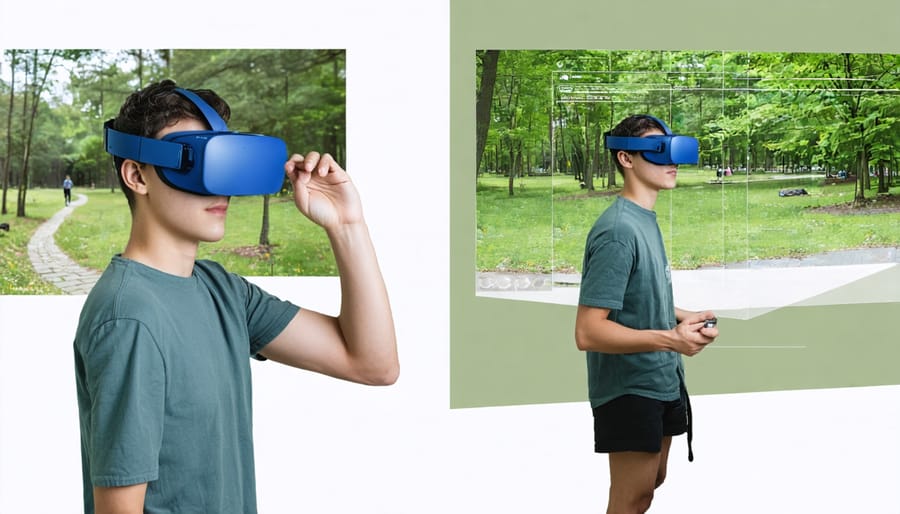
Live Wildlife Cameras
Experience the wonders of Ontario’s wildlife from the comfort of your home through our network of live-streaming cameras. These high-definition feeds offer an intimate glimpse into the natural world, making wildlife observation accessible to everyone, regardless of physical mobility or location.
Watch osprey pairs tend to their nests during breeding season at Killbear Provincial Park, or observe the peaceful grazing of white-tailed deer at Algonquin’s meadows. During winter months, you can spot countless bird species at our strategically placed feeder cameras throughout the province.
These live feeds serve multiple purposes: they’re valuable educational tools for classrooms, assist researchers in wildlife monitoring, and provide a virtual connection to nature for those unable to visit in person. The cameras are carefully positioned to avoid disturbing wildlife while offering clear views of natural behaviors.
For the best viewing experience, check our weekly updates highlighting peak activity times and seasonal events. Remember that wildlife appearances are unpredictable, which makes each viewing session a unique adventure. Our camera feeds include helpful information panels identifying common species and interesting behaviors you might observe.
Smart Booking and Planning Tools
Accessible Accommodation Finder
Planning your park visit is now easier than ever with modern booking platforms and accessibility-focused search tools. Several apps and websites help you locate accessible facilities and amenities that match your specific needs. Popular platforms like AccessNow and Wheel-Life feature detailed reviews from fellow visitors, complete with photos and up-to-date accessibility information.
Many Ontario Parks now offer virtual tours of their accessible facilities before you book, letting you preview amenities and trail conditions from home. Our favorite tip: use the Ontario Parks reservation system’s accessibility filter to find campsites and accommodations with features like wheel-friendly surfaces, accessible washrooms, and modified cooking areas.
Remember to check seasonal availability, as some accessible features may be limited during winter months. Pro tip: call the park directly for the most current accessibility information and to discuss any specific accommodation needs – our park staff are always happy to help!
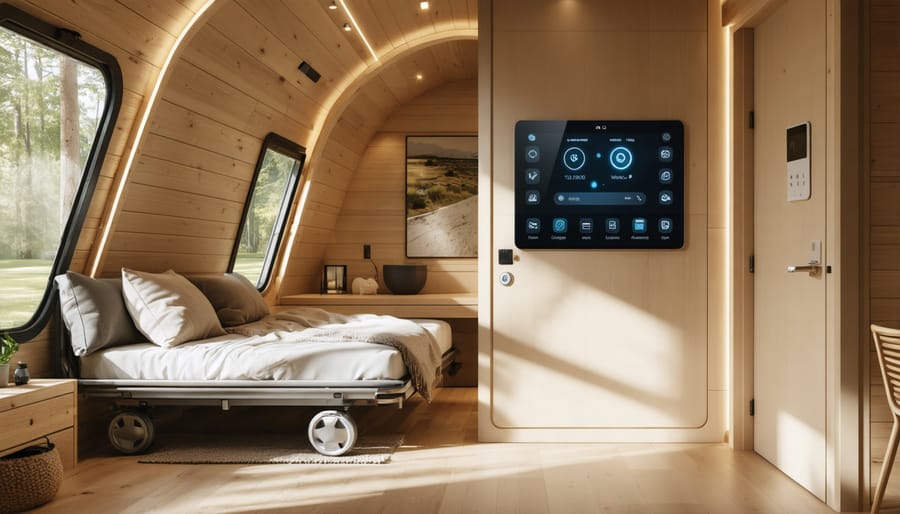
Digital Assistance Services
Need assistance during your park visit? Our digital support services are here to help! Through our user-friendly mobile app and website, you can connect with virtual park staff who are ready to answer your questions and provide real-time guidance. Whether you need help finding accessible trails, locating adaptive equipment, or understanding facility features, our trained digital assistants are available from 8 AM to 8 PM daily.
For after-hours support, our AI-powered chatbot can handle basic inquiries and provide essential information about accessibility features across Ontario Parks. We’ve also implemented a video call service where visitors can get personalized assistance from park staff, perfect for pre-trip planning or on-site support.
Don’t forget to check out our online accessibility guide, which includes detailed virtual tours of facilities, up-to-date trail conditions, and equipment availability. You can even schedule a virtual consultation with our accessibility specialists to help plan your perfect park visit.
Future Innovations
AI-Powered Assistance
Ontario Parks is stepping into the future with exciting AI-powered tools that promise to make your park visits more accessible and enjoyable than ever before. Picture having a virtual ranger in your pocket, ready to answer questions about trail conditions, wildlife sightings, or accessibility features in real-time. That’s exactly what the upcoming AI assistant app aims to provide.
These smart tools will help visitors plan their trips with unprecedented precision. Using natural language processing, you’ll be able to ask questions like “Which trails are wheelchair accessible near the visitor center?” or “What’s the best time to spot birds at the marsh lookout?” and receive detailed, personalized responses.
For visitors who are visually impaired, AI-powered audio descriptions will provide rich, detailed narratives about the surrounding environment, from describing the vibrant fall colors to identifying bird calls. The technology will also offer real-time translations, making park information accessible to international visitors and newcomers to Ontario.
One of the most promising features in development is the AI navigation system that can create custom route suggestions based on your mobility needs and interests. Whether you’re using a mobility device, pushing a stroller, or simply prefer gentler terrain, the system will recommend the perfect path for your adventure.
These innovations aren’t just about convenience – they’re about making nature accessible to everyone who wants to experience the beauty of Ontario’s parks.
Enhanced Digital Infrastructure
Ontario Parks is taking bold steps to enhance the digital experience for all visitors through improved connectivity and smart infrastructure. Over the next three years, we’re rolling out high-speed Wi-Fi at major comfort stations, visitor centers, and select campground areas, making it easier for everyone to stay connected while enjoying nature.
These digital improvements aren’t just about checking social media – they’re transforming how visitors with diverse needs experience our parks. New interactive trail maps with real-time updates help visitors make informed decisions about accessibility and trail conditions. Digital information kiosks are being installed at park entrances, featuring large touch screens with adjustable height settings and audio descriptions for visitors with visual impairments.
Speaking of smart solutions, we’re especially excited about our new park-wide emergency response system. Using strategically placed connectivity points, visitors can quickly signal for assistance from anywhere in the park using their mobile devices or emergency stations.
For tech-savvy campers, we’re introducing smart campsite features like digital check-in systems and real-time updates about facility availability. You’ll be able to check if accessible washrooms are operational or if charging stations for mobility devices are available – all from your phone.
Our park staff is receiving specialized training to help visitors navigate these new digital tools, ensuring everyone can make the most of these improvements. Remember, while we’re embracing technology, we’re careful to maintain the natural tranquility that makes our parks special.
As we embrace these technological innovations, Ontario’s natural wonders are becoming truly accessible to everyone. From virtual reality tours that bring park experiences into homes to adaptive equipment that helps people with mobility challenges navigate trails, technology is breaking down barriers and creating new possibilities. These advancements don’t just benefit those with disabilities – they enrich the outdoor experience for all visitors, fostering a more inclusive and welcoming environment in our parks. By continuing to invest in accessible technology, we’re ensuring that future generations, regardless of their abilities, can forge meaningful connections with Ontario’s magnificent landscapes. The journey to make nature accessible to all is ongoing, and with each technological advancement, we move closer to this vital goal.


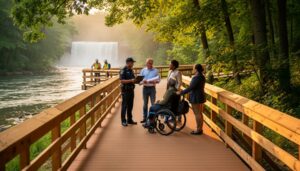

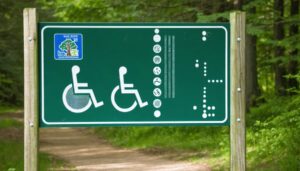


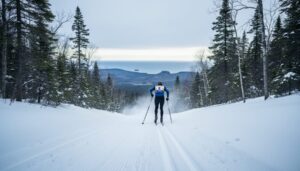


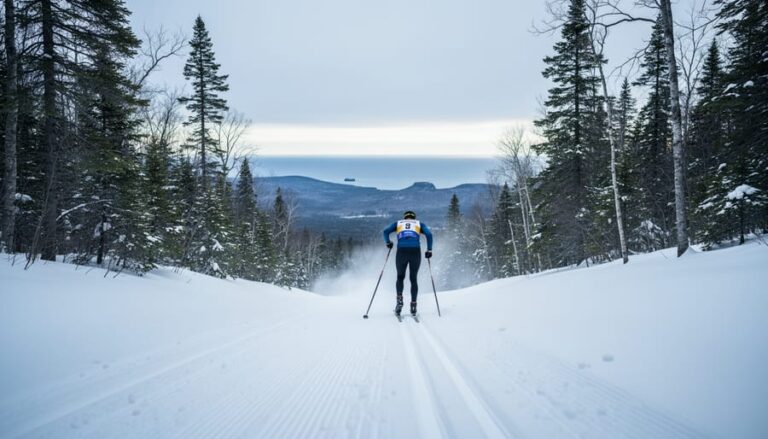
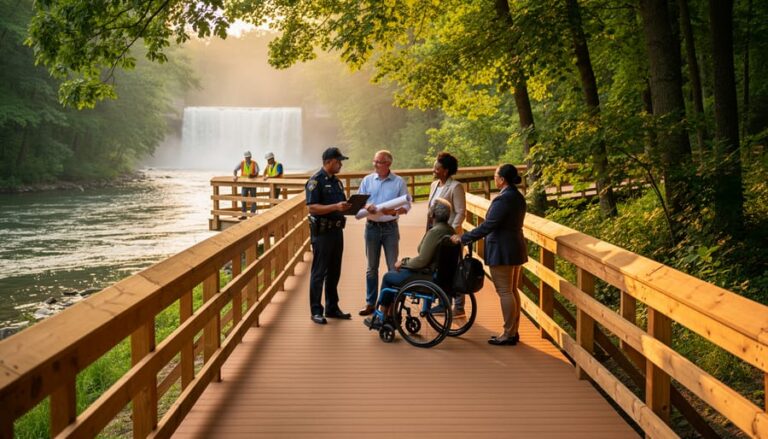

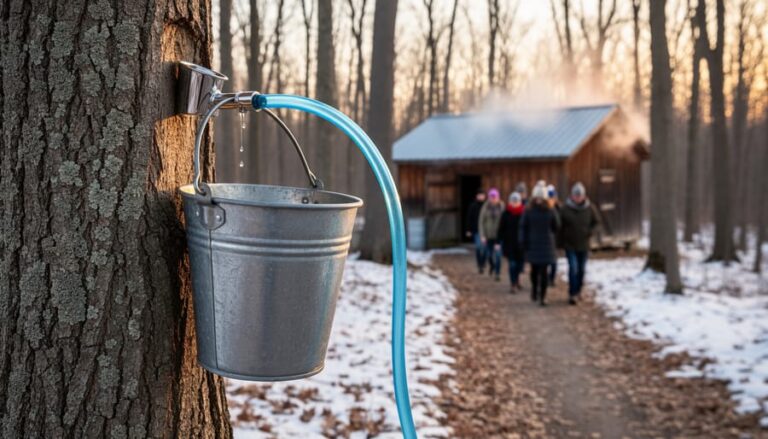
+ There are no comments
Add yours